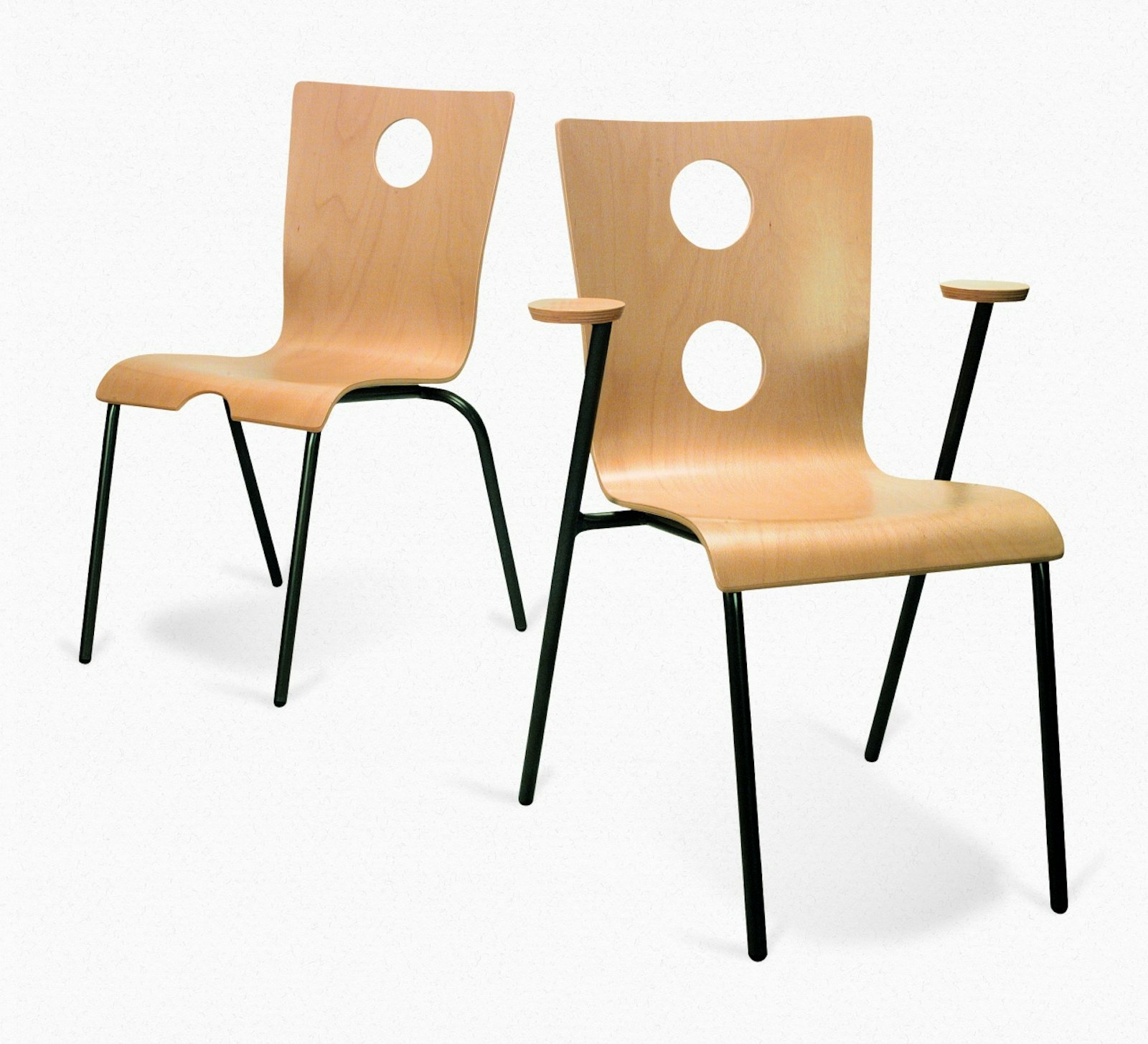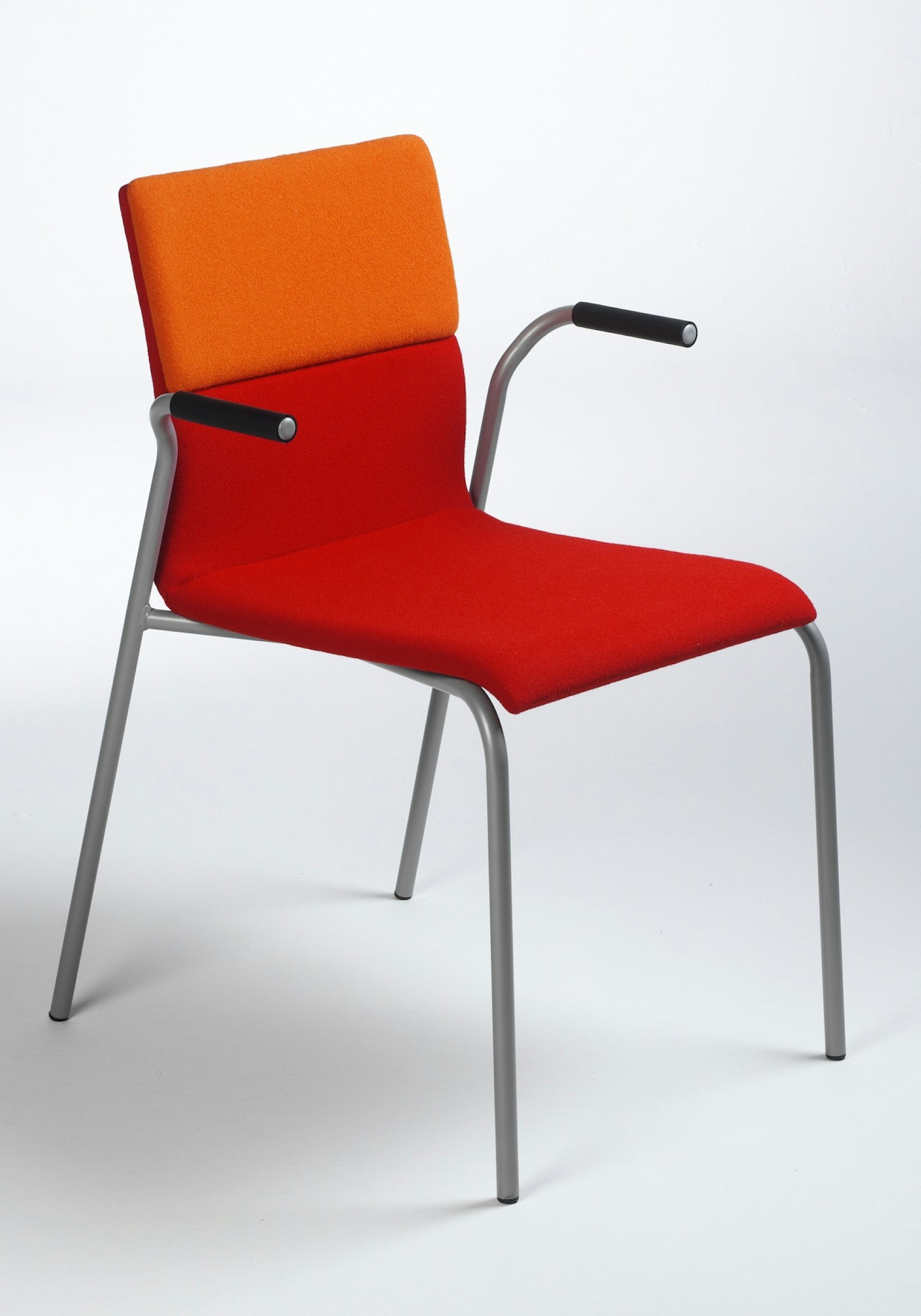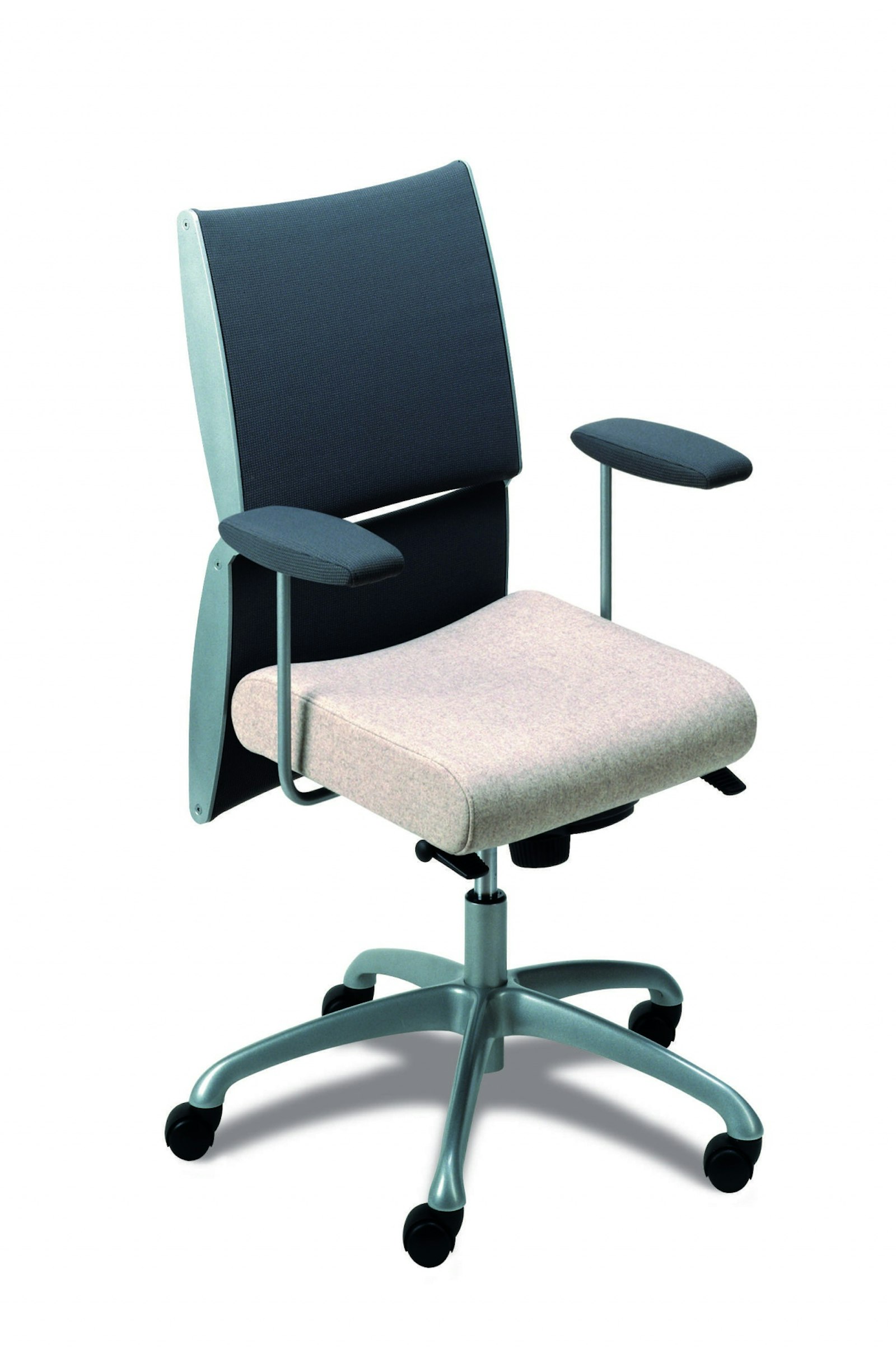Drisag became increasingly well known as a company interested in design. Designers were soon spontaneously presenting themselves, making suggestions or seeking assistance in finding solutions. To maintain the flow of architects and designers through its doors, Drisag decided that its headquarters should reflect the company’s design image. Therefore, in 2005 the starting signal was given for the construction of a new showroom and manufacturing space. The result, completed in November 2008, is Frame 21, a striking business complex where Drisag showcases office furniture and also rents out office space and meeting rooms (‘office hotel’). The roof of the complex not only offers fantastic views of the surrounding area but is also home to several sports fields and a sports bar. Approximately 50 people work for Drisag. In 2008, Drisag bought shares in Feld, at the same moment Alain Berteau was appointed Feld’s art director. Just one more step in the design brand Drisag.
de Velde
Drisag
When you enter the impressive new ‘Frame 21’ building alongside the E313 in Herentals, you’d hardly guess that Drisag originally started out as Driessens Agenturen.
Driessens Agenturen supplied pram parts to manufacturers, a highly lucrative business during the baby boom of the 1950s. By the 1960s and after the baby boom, Driessens Agenturen sought another outlet for their production. Folding the tubing for prams was almost the same as folding the tubing for bouncer chairs, popular at the time as office chairs. Parts for office chairs became increasingly important for sales and in 1978 the company invested in the design and mould for its first office chair, which it delivered in parts to manufacturers across Europe and the USA.A little later, the Belgian state issued a public tender for the supply of office chairs. Drisag took on the competition and upholstered and assembled the chairs itself. This marked the definitive beginning of Drisag as a manufacturing company. In 1989 Drisag was sold to a Dutch holding company and moved from Deurne to Herentals. Under new management in 1991, the focus changed to improving the organisation of production and logistics. This resulted in, amongst others, a highly modular series of office chairs. In 1995 Drisag bought itself free from the Dutch holding and once again became a Belgian company.
From that year forward, heavy investments were made in product design under the impetus of the profit team (‘products for tomorrow’). Subsequently, almost every new product was developed together with an external freelance designer. This was a deliberate choice to ensure fresh input, bringing cross-fertilization of ideas, and new suppliers...
Drisag consciously invested in a long-term relationship with each designer so that they could develop together, but never stuck exclusively to one designer. In 1996 Drisag was the first company to commission Roel Vandebeek. This resulted in the design of the Occhio, followed by the Limbo and Riverso. More recent designs by Vandebeek are the inTEAM and Together (waiting room seating). During the same period, Stefan Schöning designed the Amerigo for Drisag. This collaboration has been recently renewed. In 1998 Drisag decided to focus exclusively on producing and upholstering seating and stopped producing tables and cabinets. In order to offer customers a more comprehensive package, it began working with other manufacturers such as Lensvelt, Mibra, ABV, Moooi, Vange, ICF, Parri, Cowerk and Juventa. Drisag also became the production house of upholstered products for brands like Lensvelt, Moooi, Cowerk, Vange and Feld. Thanks to this collaboration, Drisag encountered many other well-known designers, including Marcel Wanders, Joep van Lieshout and Ross Lovegrove. This attention to design ensured that Drisag products were increasingly integrated in mediagenic projects. One beautiful example is the interior fitting of St. Martin’s Church in Stevoort. Roel Vandebeek used the inTEAM projectchair as architectural volume in the church.



